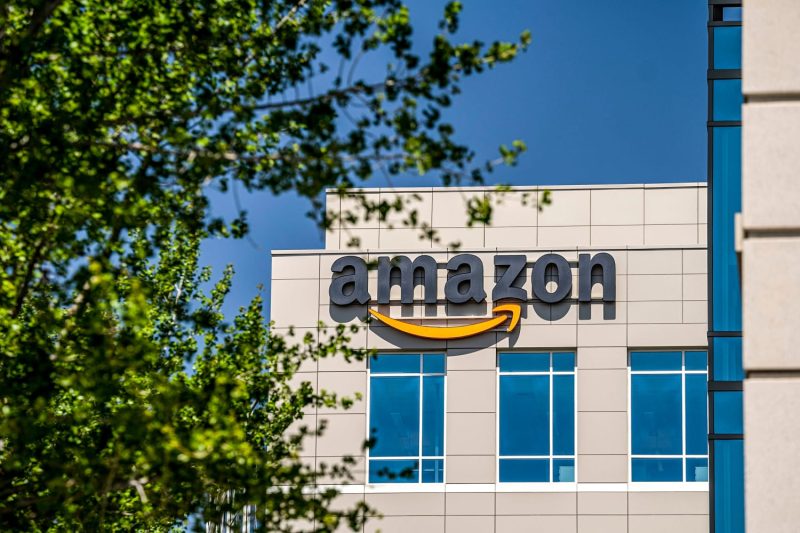Amazon’s Recent Decision to Shut Down Speedy Brick-and-Mortar Delivery Services
The recent announcement from Amazon regarding the closure of its brick-and-mortar delivery service, Speedy, has left many customers and industry experts puzzled. Launched just over a year ago, Speedy aimed to provide customers with a faster and more convenient option for receiving their orders. However, the service never quite gained the traction that Amazon had hoped for, leading to its untimely demise.
One of the key factors behind the decision to shut down Speedy is likely the intense competition in the delivery services industry. With established players like UPS, FedEx, and DHL dominating the market, Amazon faced an uphill battle in trying to establish its own standalone delivery service. The lack of infrastructure and experience in logistics may have also played a role in Speedy’s struggles to gain a foothold in the market.
Another possible reason for the closure of Speedy is the shift in consumer preferences towards online shopping and home delivery. While brick-and-mortar stores still play a crucial role in the retail industry, the convenience of shopping online and having items delivered directly to your doorstep has become increasingly appealing to consumers. This shift in behavior may have made it difficult for Amazon to justify the continued operation of a brick-and-mortar delivery service like Speedy.
Furthermore, the closure of Speedy raises questions about the future direction of Amazon’s delivery services. The company has made significant investments in building out its own logistics network, including fulfillment centers, delivery drones, and autonomous delivery vehicles. By shutting down Speedy, Amazon may be signaling a renewed focus on expanding its in-house delivery capabilities rather than relying on third-party providers.
While the closure of Speedy may come as a disappointment to some customers who enjoyed the convenience of brick-and-mortar delivery, it is ultimately a strategic move by Amazon to streamline its operations and focus on more scalable and efficient delivery solutions. As the e-commerce giant continues to grow and innovate, it will be interesting to see how its delivery services evolve to meet the changing demands of customers in an increasingly digital world.






























